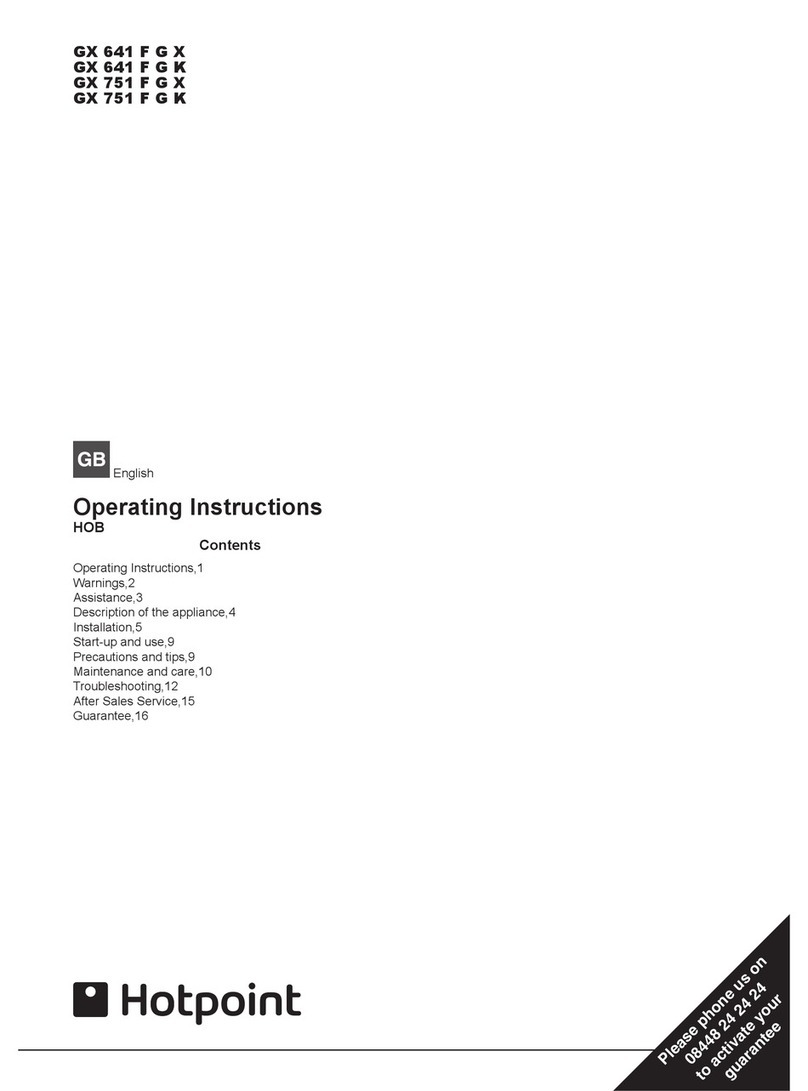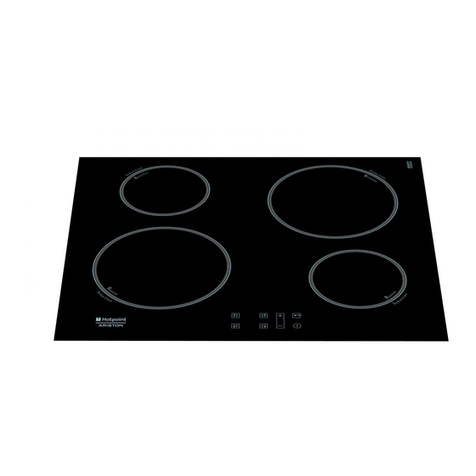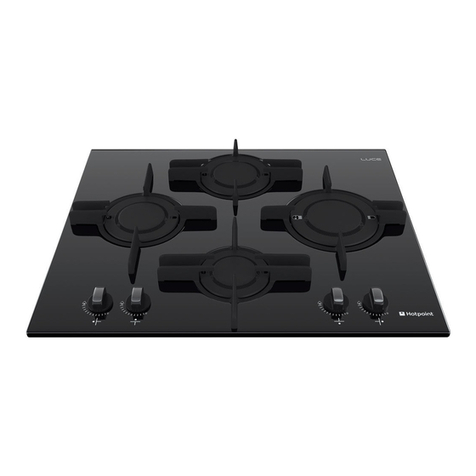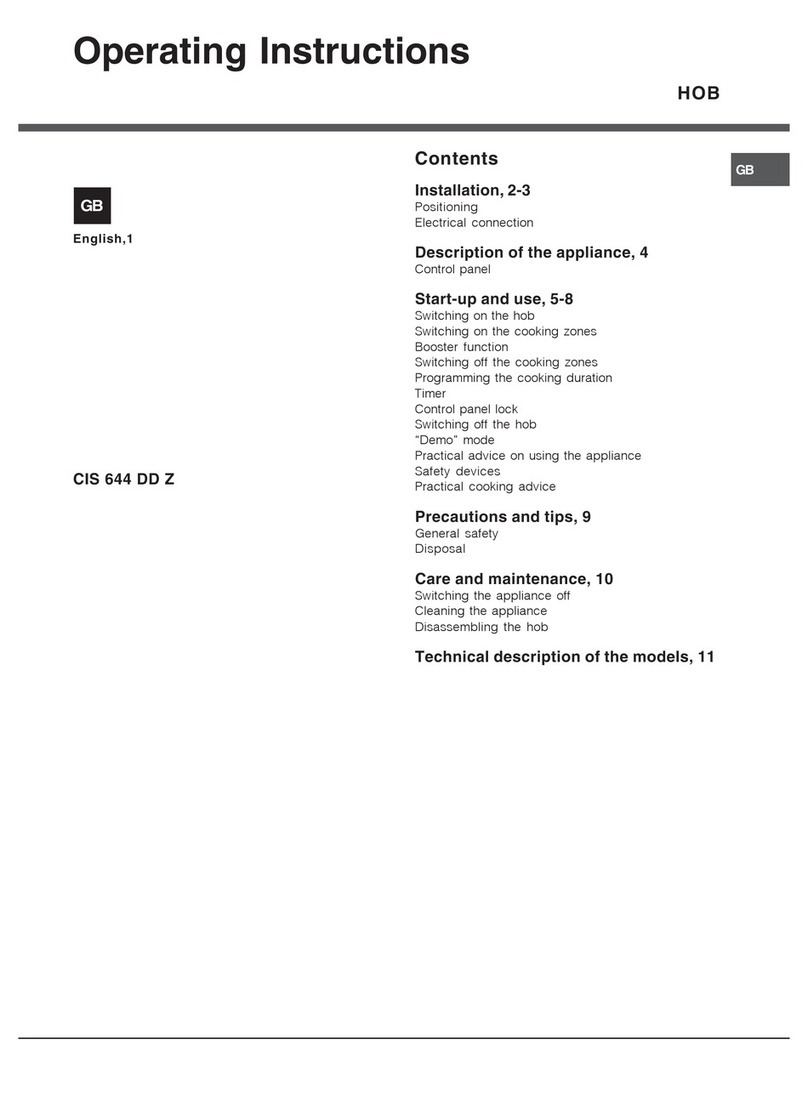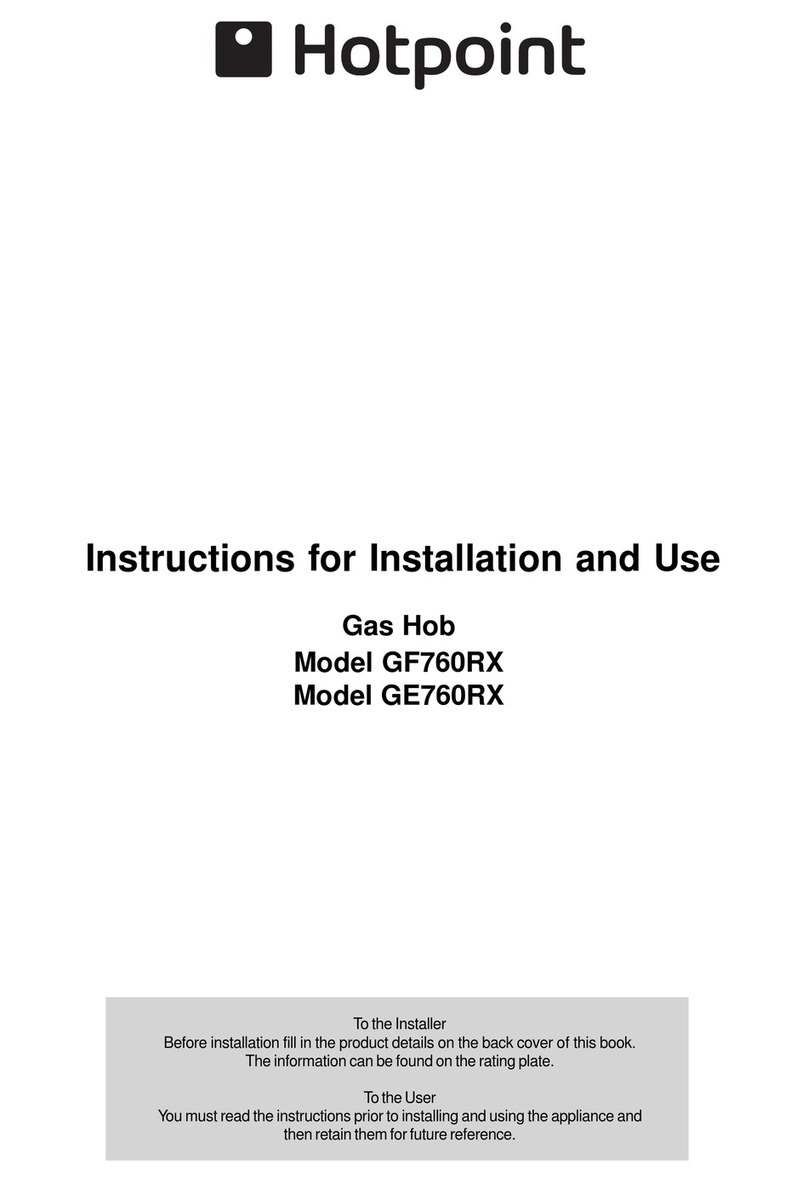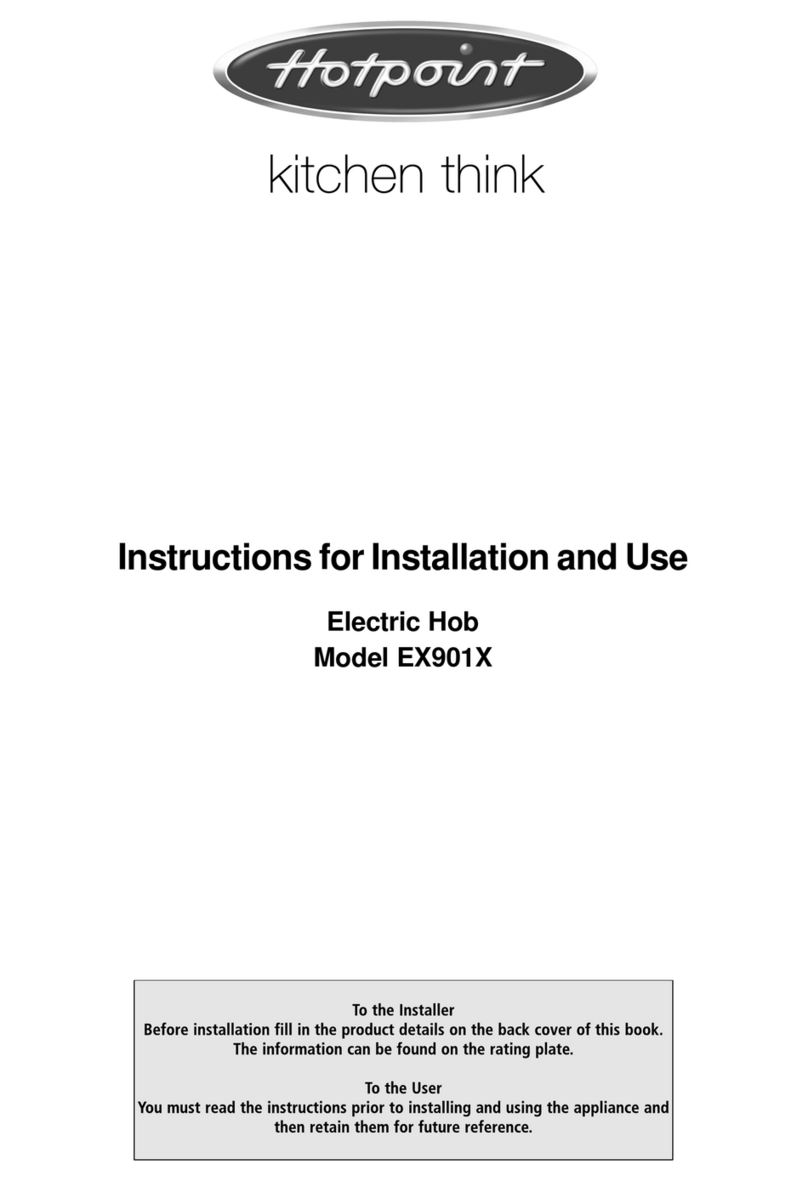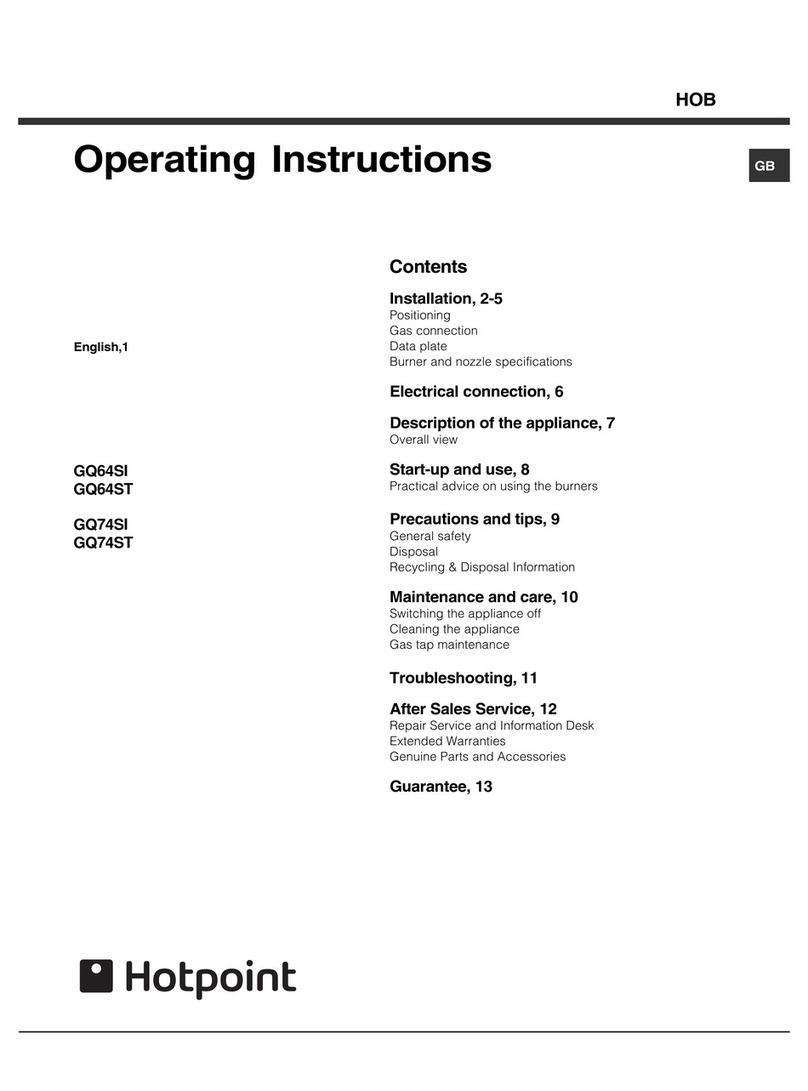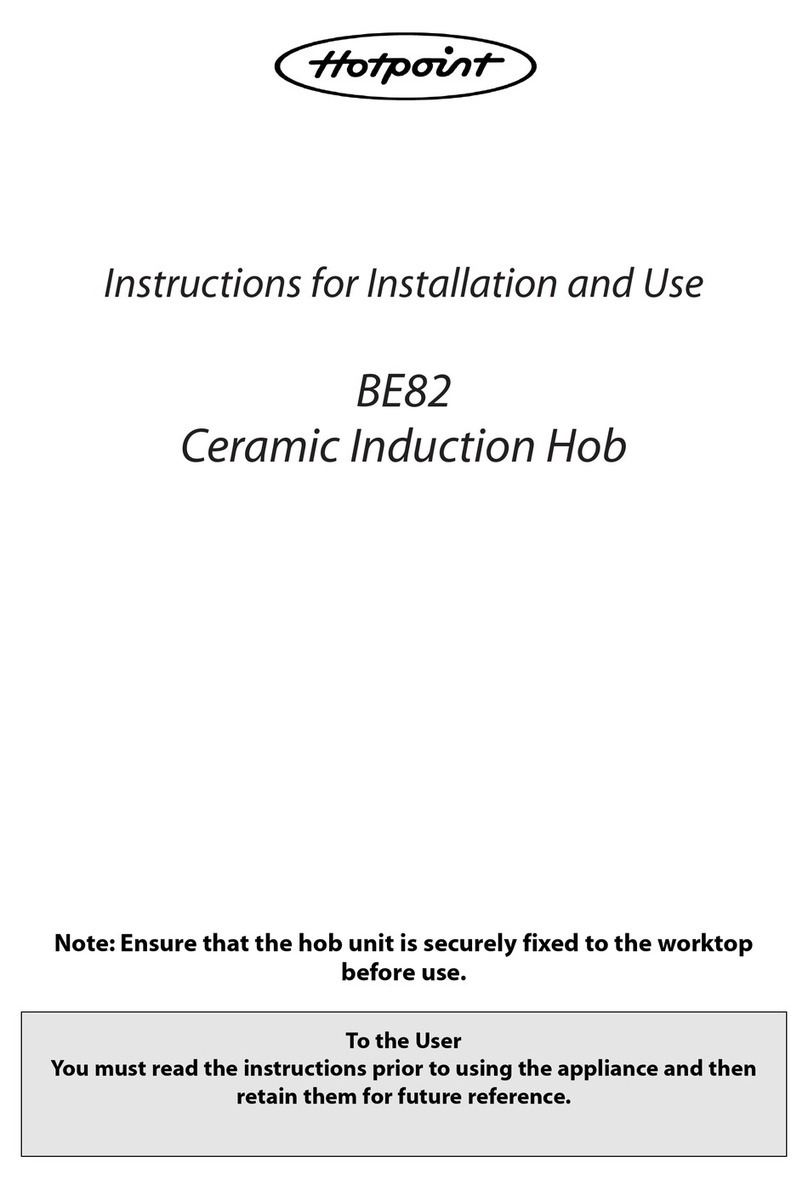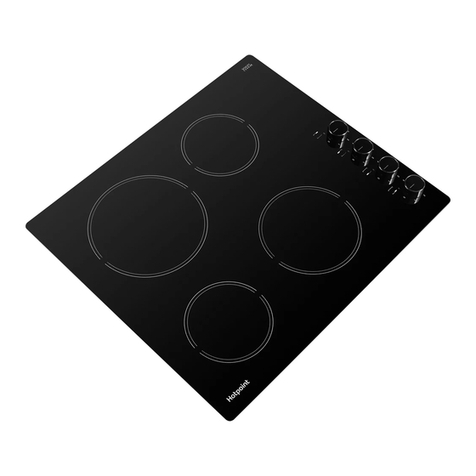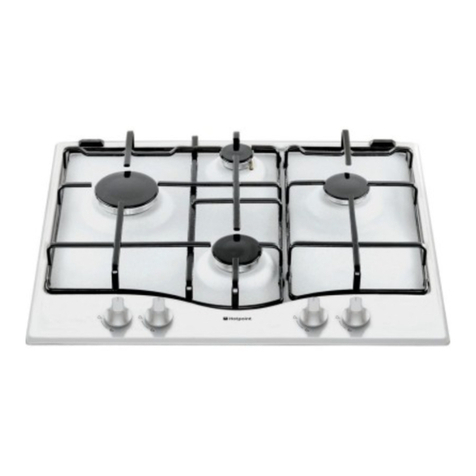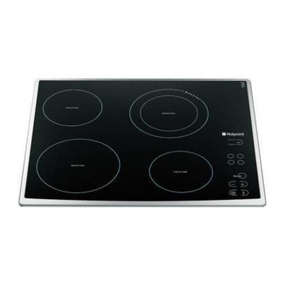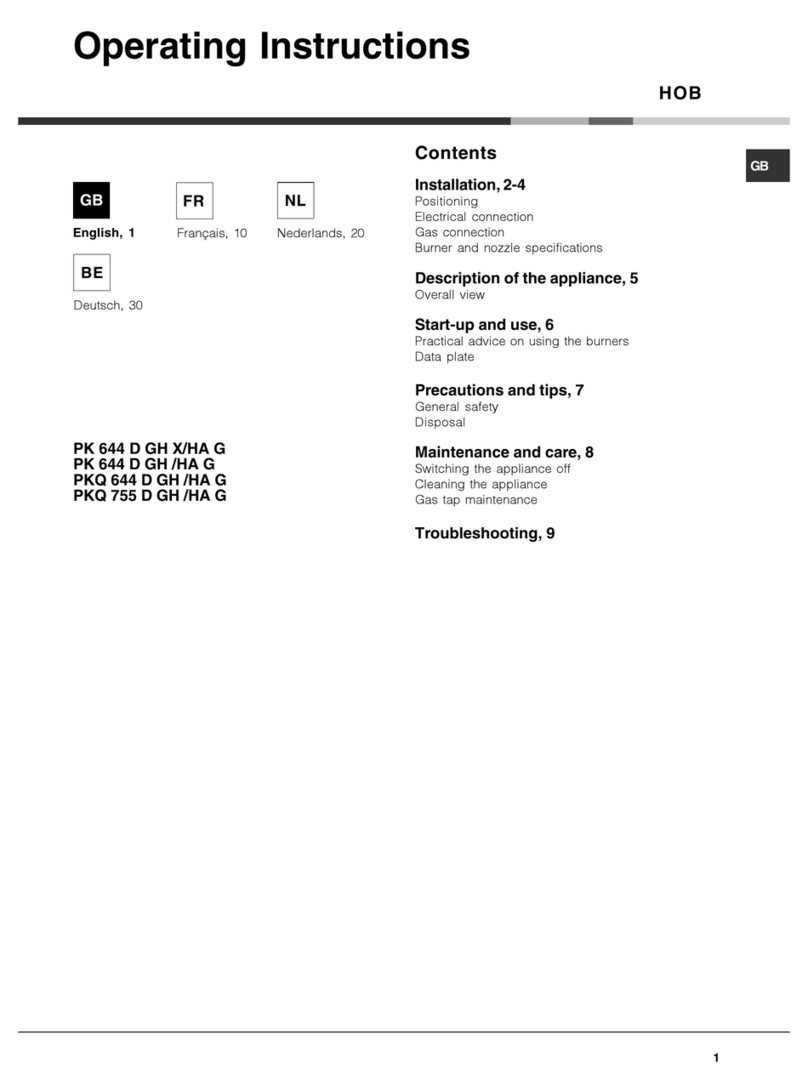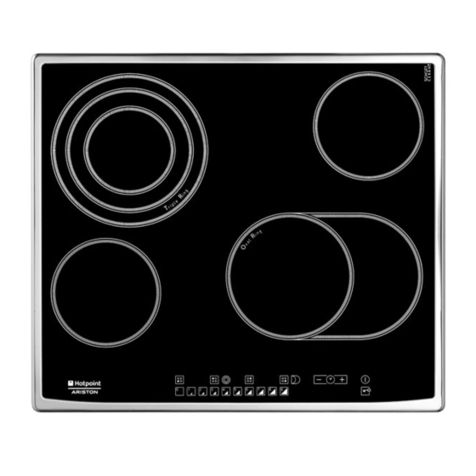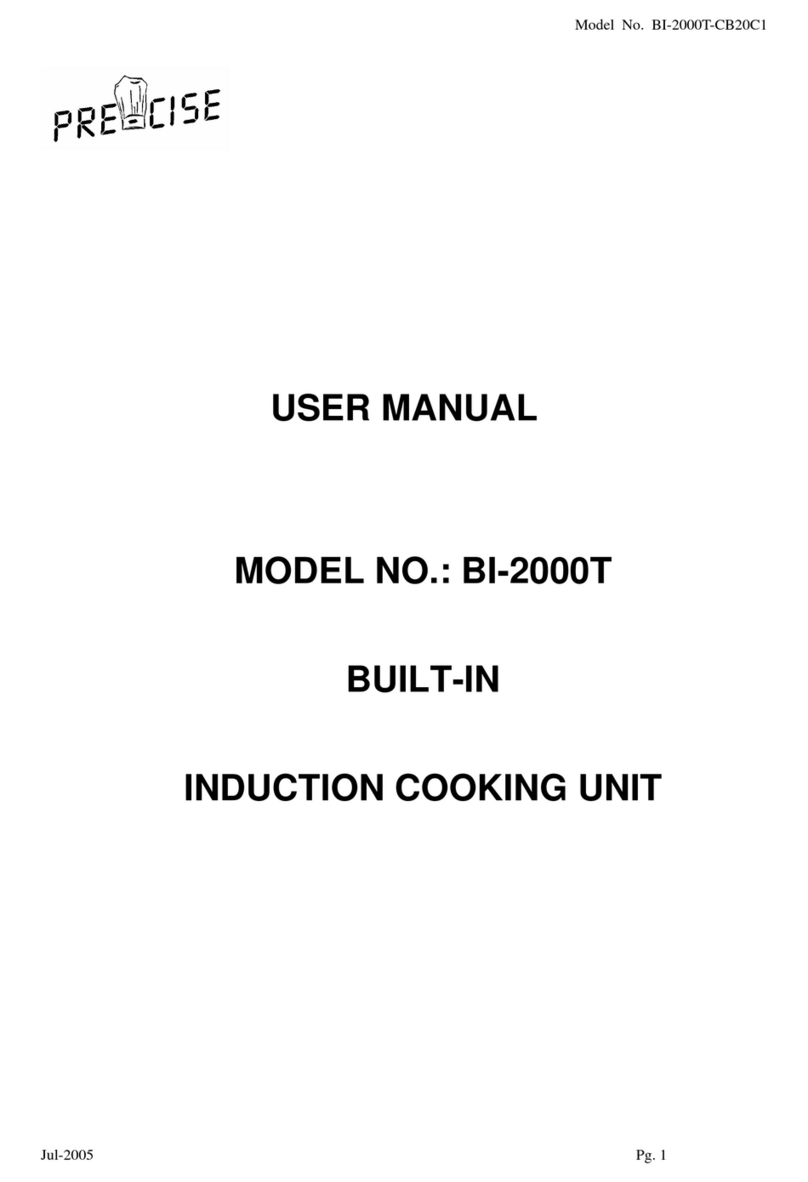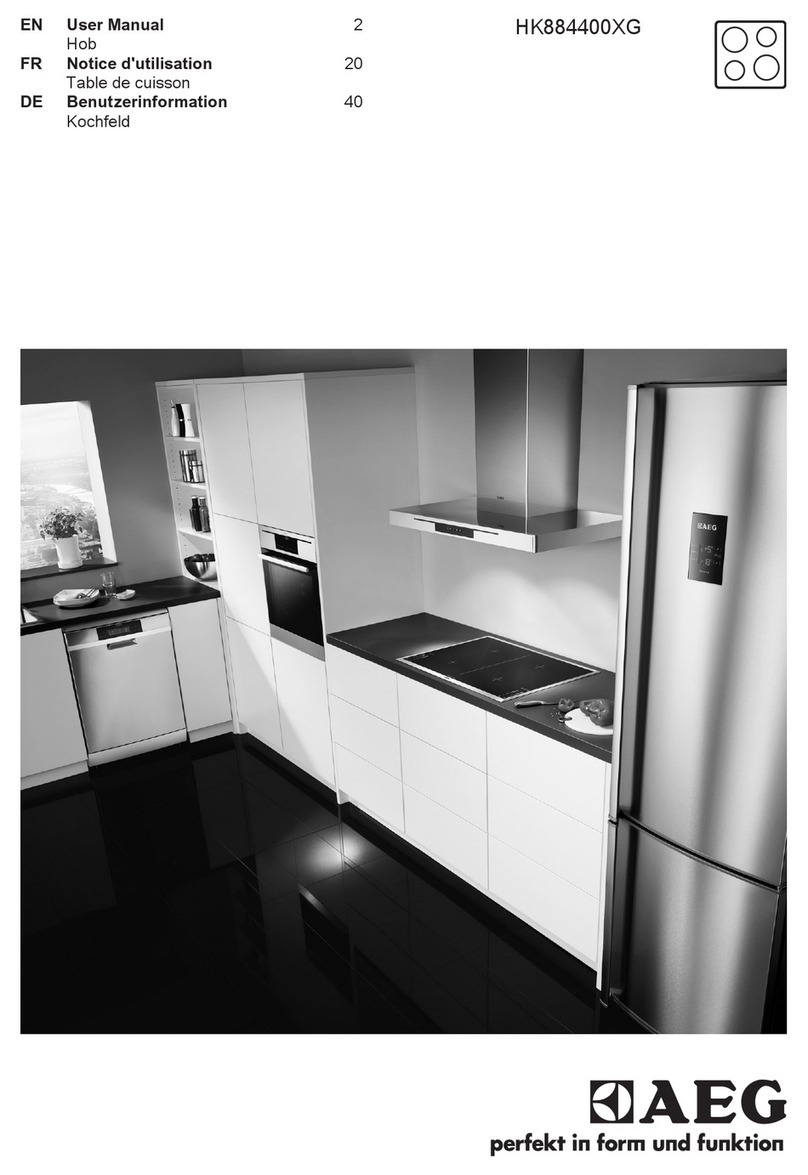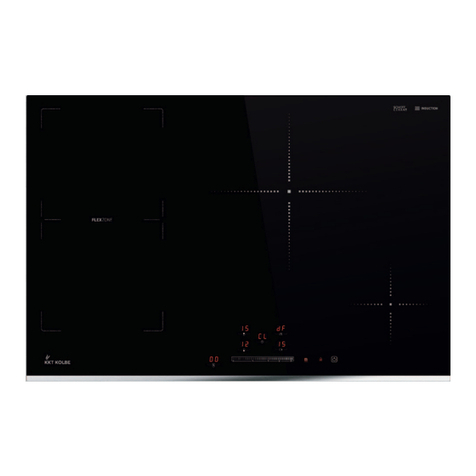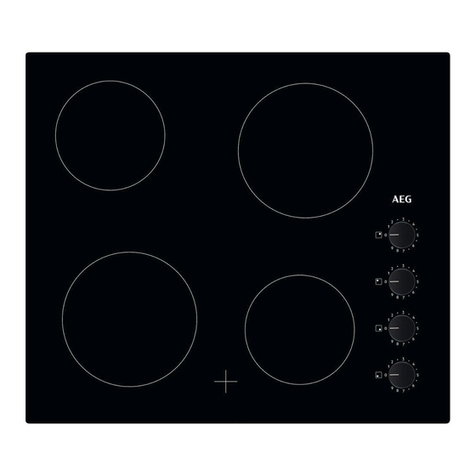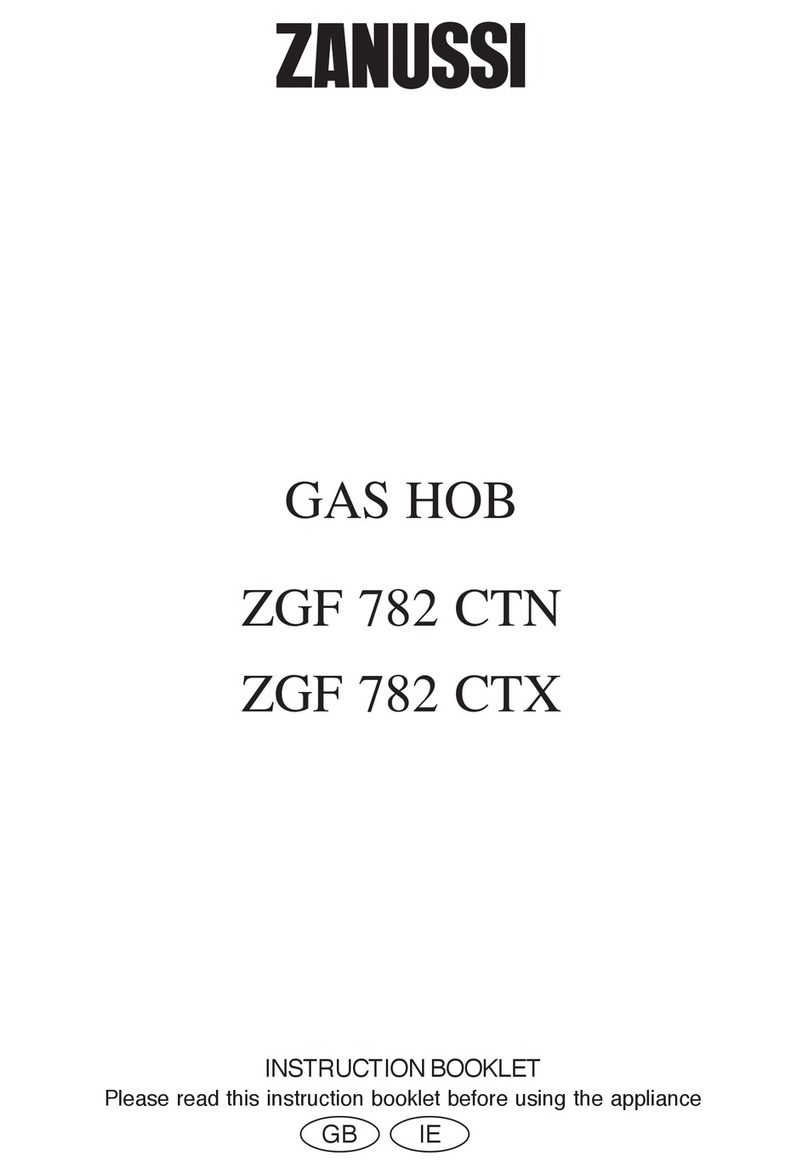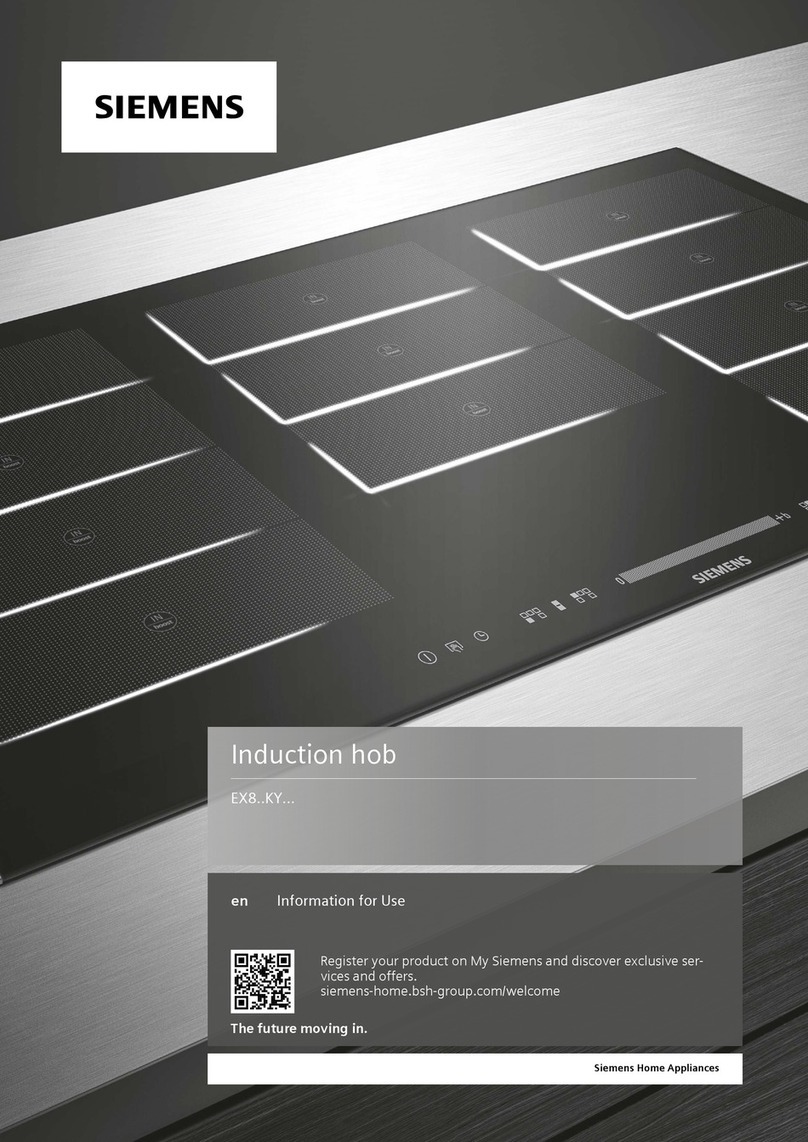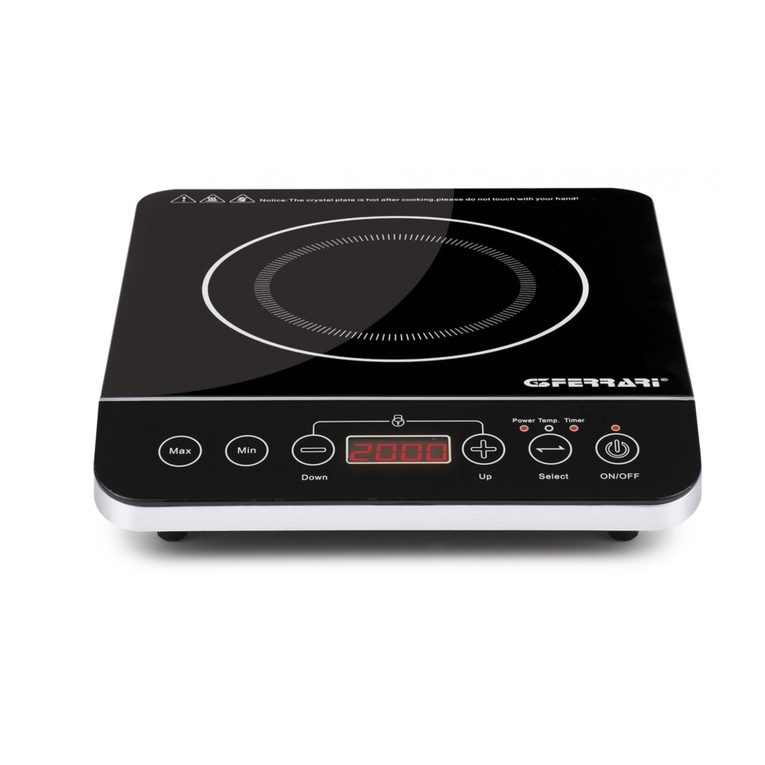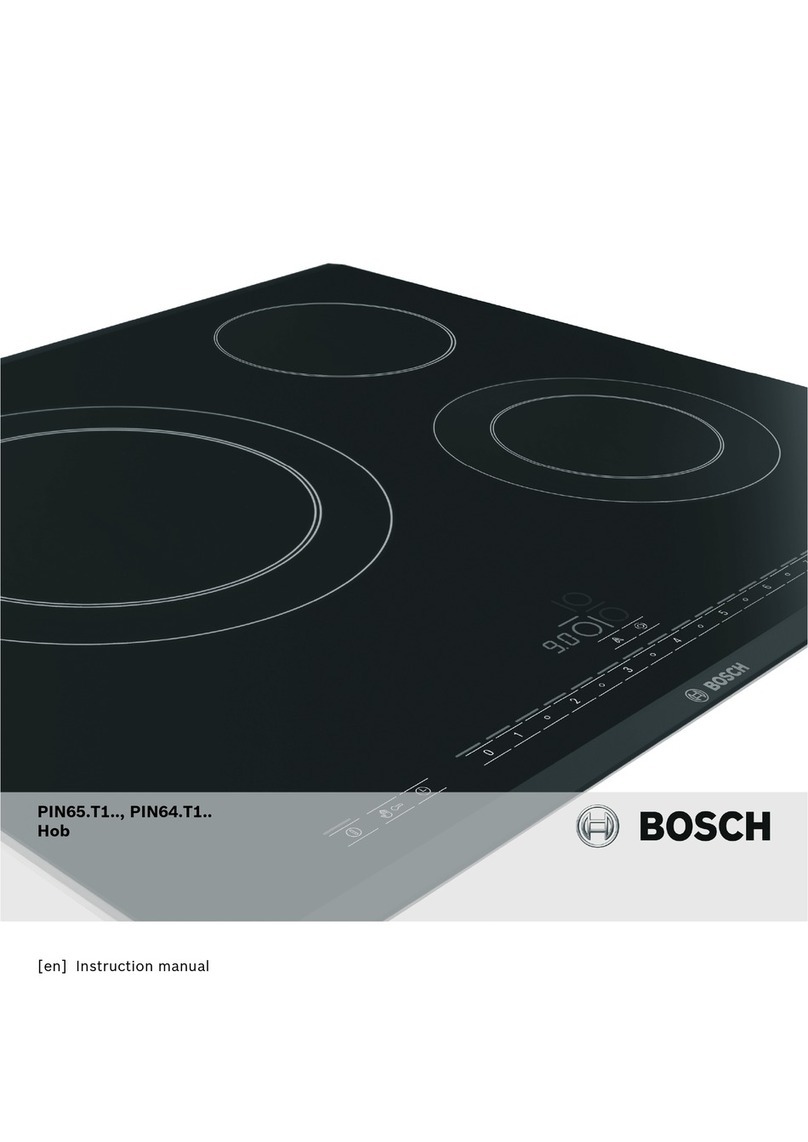GB
2
!The installation instructions for cooking ranges shall
include a recommendation that such appliances
should not be placed adjacent to a door access to
minimise the likelihood of persons using the door
making contact with pans on the hob surface.
!Before operating your new appliance please read this
instruction booklet carefully. It contains important information
for safe use, installation and care of the appliance.
!Please keep these operating instructions for future
reference. Pass them on to possible new owners of the
appliance.
Positioning
!Keep packaging material out of the reach of children. It
can become a choking or suffocation hazard (see
Precautions and tips).
!The appliance must be installed by a qualified professional
according to the instructions provided. Incorrect installation
may cause harm to people and animals or may damage
property.
!This unit may be installed and used only in permanently
ventilated rooms in accordance with British Standard Codes
Of Practice: B.S. 6172 / B.S. 5440, Par. 2 and B.S. 6891
Current Editions. The following requirements must be
observed:
The room must be equipped with an air extraction system
that expels any combustion fumes. This may consist of a
hood or an electric fan that automatically starts each time
the appliance is switched on.
The room must also allow
proper air circulation, as air is
needed for combustion to occur
normally. The flow of air must not
be less than 2 m3/h per kW of
installed power.
The air circulation system may
take air directly from the outside
by means of a pipe with an inner
cross section of at least 100 cm2;
the opening must not be
vulnerable to any type of
blockages.
The system can also provide the
air needed for combustion
indirectly, i.e. from adjacent rooms
fitted with air circulation tubes as described above.
However, these rooms must not be communal rooms,
bedrooms or rooms that may present a fire hazard.
Liquid petroleum gas sinks to the floor as it is heavier
than air. Therefore, rooms containing LPG cylinders must
also be equipped with vents to allow gas to escape in the
event of a leak. As a result LPG cylinders, whether
partially or completely full, must not be installed or stored
in rooms or storage areas that are below ground level
(cellars, etc.). It is advisable to keep only the cylinder
being used in the room, positioned so that it is not
subject to heat produced by external sources (ovens,
fireplaces, stoves, etc. ) which could raise the
temperature of the cylinder above 50°C.
Fitting the appliance
Gas and mixed hobs are manufactured with type X degree
protection against overheating. The following precautions
must be taken when installing the hob:
Kitchen cabinets adjacent to the appliance and taller
than the top of the hob must be at least 600 mm from the
edge of the hob.
Hoods must be installed according to their relative
installation instruction manuals and at a minimum
distance of 650 mm from the hob.
Place the wall cabinets adjacent to the hood at a
minimum height of 420 mm from the hob (see figure).
If the hob is installed beneath a
wall cabinet, the latter must be
situated at a minimum of 700 mm
above the hob (see figure).
The installation cavity should have the dimensions
indicated in the figure.
Fastening hooks are provided, allowing you to fasten the
hob to tops that are between 20 and 40 mm thick. To
ensure the hob is securely fastened to the top, we
recommend you use all the hooks provided.
555 mm
55 mm
475 mm
Installation
Enlarging the ventilation slot
between window and floor.
Adjacent
RoomRoomto be
Vented
A
Examples of ventilation holes
for comburant air.
In a chimney stack or branched flue.
(exclusively for cooking appliances) Directly to
the Outside
600mm min.
540mm min.
700mm min.
